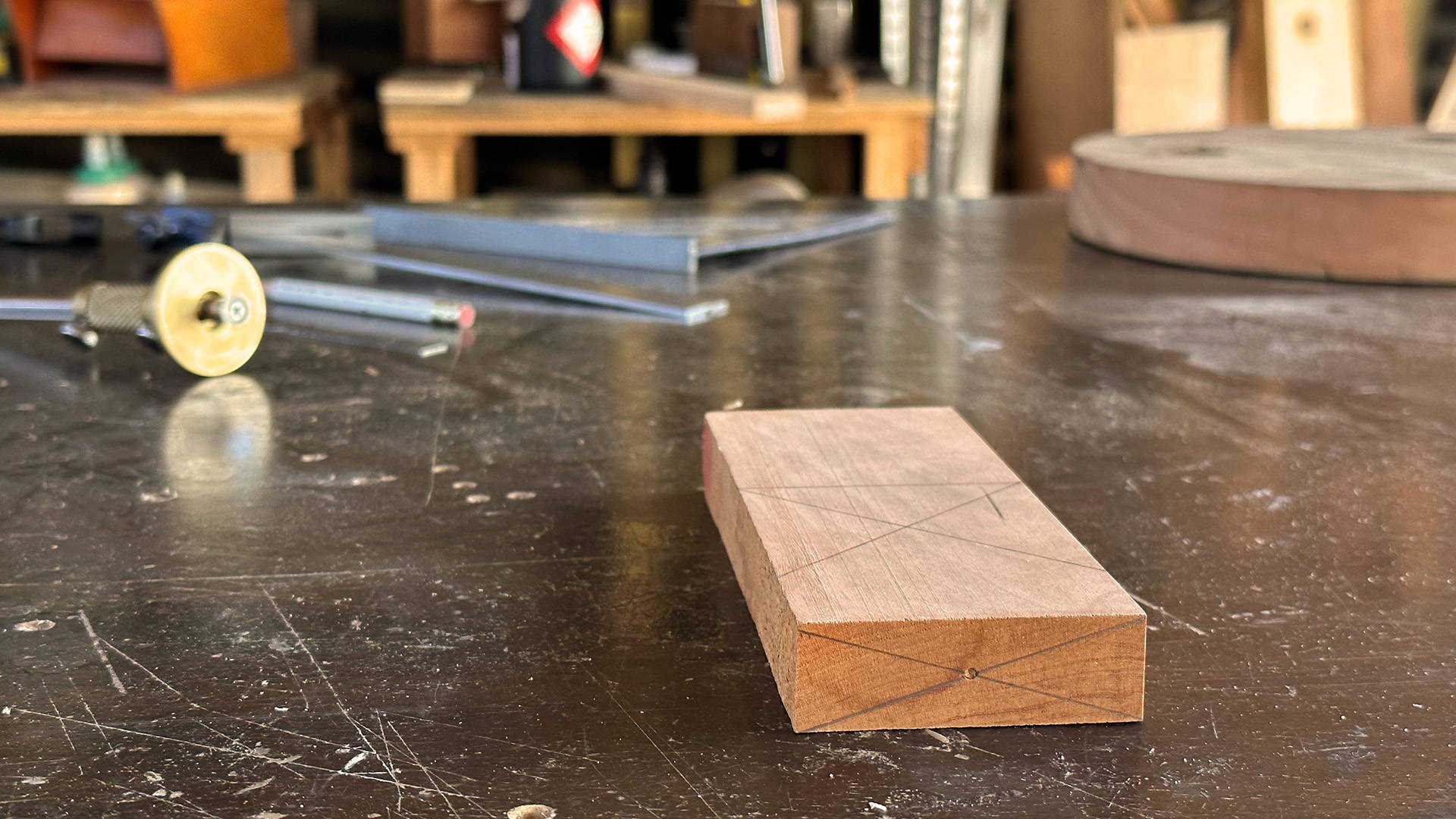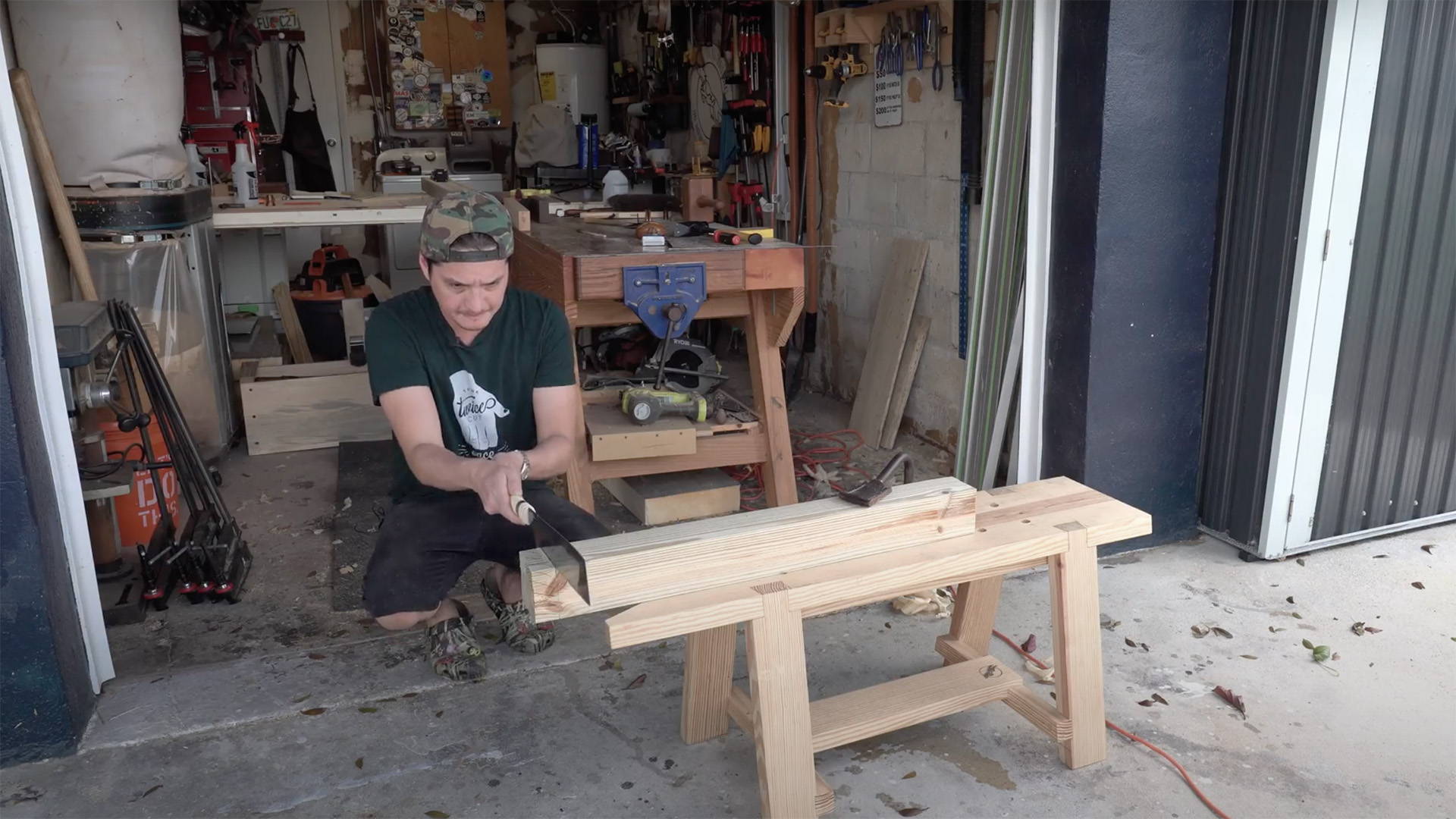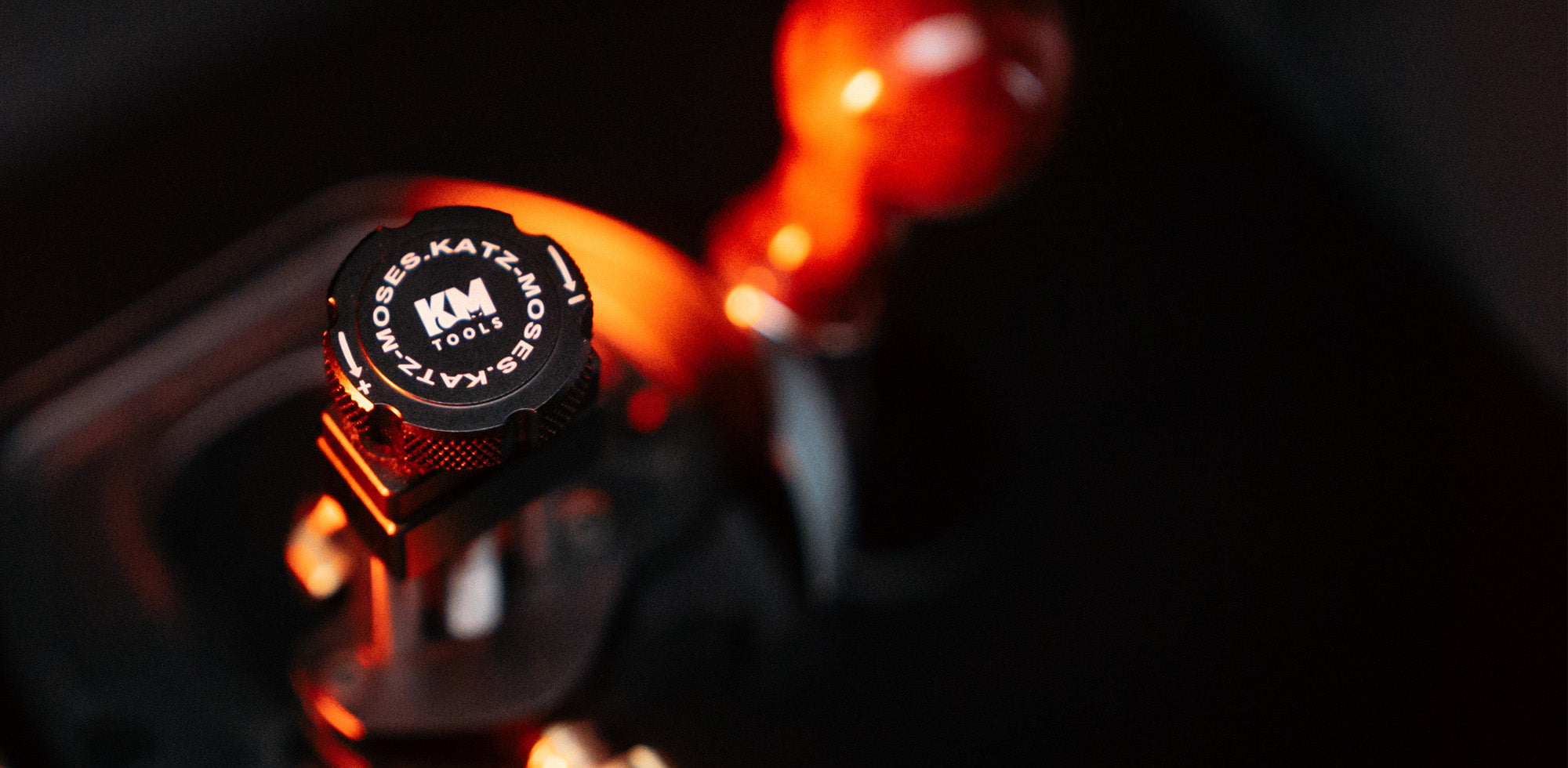Chisels and mallets go together like bread and butter… or hummus and carrots depending on your dietary restrictions.
But there’s more to using a chisel mallet than just whacking away.
You’ve got to know how to whack efficiently (minds out of the gutter, ladies and gentleman).
This lets you chisel quicker, cleaner, and with a lot less effort.
So here’s 3 Tips for using a chisel mallet more efficiently:
1. WORK OVER A LEG
Even if you have a super solid workbench, parts of your bench absorb force better than others.
And on almost any bench, the best place to do chisel work is over one of the legs.
The support below goes all the way to the floor. That means minimal “springback” in the bench top and more focused impact straight down.
Work over a leg and you’ll see an immediate increase in the power of each blow.
This is espcially important if you're doing heavy work like chopping out mortises.
2. HOLD THE MALLET CLOSE TO THE HEAD
People often grab mallets towards the end of the handle.
And while this might be a good technique for a sledge hammer, it’s not the best for chisel work.
Holding the mallet closer to the head not only helps you save energy — it also allows for greater control.
A few light tap taps are usually better than a seismic super swing…
So grip the mallet close to the head and use its own weight to drive the chisel down.
3. USE THE RIGHT MALLET
There’s a whole slew of mallet types out there — but not all of them are fit for chisel work.
First off, you want a balance between size and weight. A small but heavy mallet is best for giving you power and control with less physical exertion.
Big joiner's mallets definitely have the weight, but are a little too unwieldly.
The material of the hitting surface also matters. You want a head with as little springback as possible.
Rubber mallets lead to a lot of wasted effort. Even certain metals work better than others (brass, for example, has less springback than steel).
Want to get the raddest chisel mallet ever — and support woodworkers with disabilities at the same time? Meet the KM-18 Woodworking Mallet.
The KM-18 Woodworking Mallet is small enough to fit in your apron pocket… but weighs a whopping 1.59 lbs.
That’s a lot of power packed in each punch.
Plus, the heads can be switched between brass and non-marring plastic depending on the material you’re wailing on.
During the Month of March, we’re donating a portion of all KM-18 sales to the Katz-Moses Woodworkers with Disabilities Fund.
Got any of your own chisel mallet tips? Share them in the comments below!
Follow us on Instagram @katzmosestools, on TikTok @katzmoseswoodworking, and check out my YouTube channel for more great woodworking content...
And as always, STAY SAFE IN THE SHOP!











